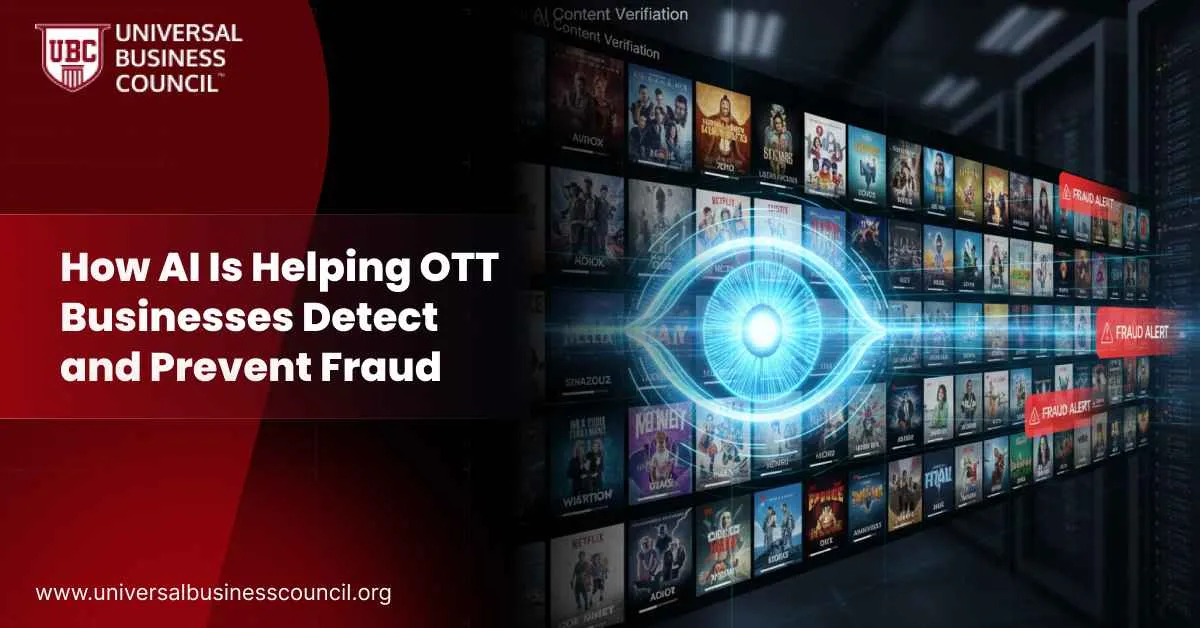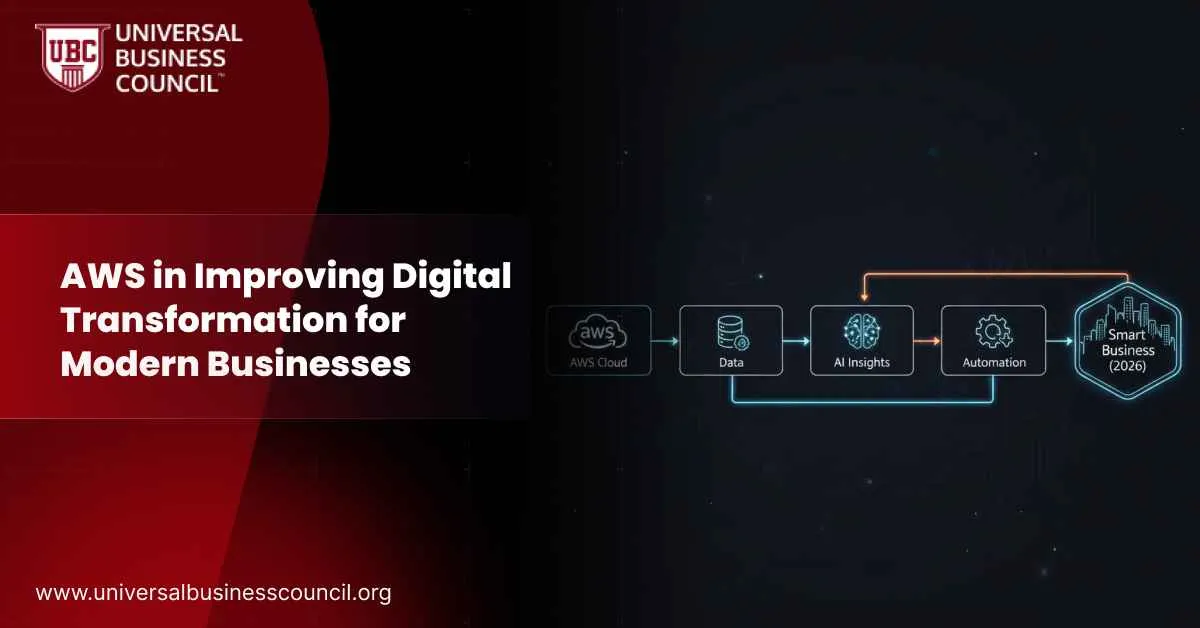Steps to Implement Blockchain for Business
| Step | What It Means |
| Identify real problem | Know why you’re using blockchain |
| Choose right blockchain | Pick public, private, or consortium |
| Start with a pilot | Test on a small scale first |
| Select proper platform | Use tools that match your goals |
| Build the right team | Include tech, legal, and business experts |
| Plan for integration | Make it work with what you already use |
| Address compliance | Follow laws and protect user data |
| Train users | Help people understand and trust the system |
| Keep improving | Track, fix, and grow the project |
Know Why You’re Using Blockchain
Don’t use blockchain just because it’s trending. It should solve a specific problem in your business. Here are a few good reasons to consider it:- You need to track something securely, like products or records
- You work with multiple parties who don’t fully trust each other
- You want to remove middlemen and automate parts of your process
Choose the Right Type of Blockchain
There are different types of blockchains. Choosing the wrong one can lead to problems later. Here are the main options:- Public blockchains: Open to everyone (like Ethereum or Bitcoin). Best for full transparency.
- Private blockchains: Controlled by one organization. Best for internal operations.
- Consortium blockchains: Shared control between a few trusted players. Good for partnerships.
Build a Small Pilot Project First
Before doing a full rollout, start small. Build a pilot or Proof of Concept (PoC). This helps test if your idea really works. In your pilot, focus on:- A real, specific use case
- One product or department
- A clear success metric (e.g. time saved, error reduction)
Pick the Right Platform and Tools
Different blockchain platforms serve different goals. You should pick one that fits your business model. Some good examples:- Ethereum – Great for smart contracts
- Hyperledger Fabric – Best for enterprise-grade private networks
- Corda – Ideal for financial and legal processes
- Polygon – Scalable, low-cost solution for dApps
Get the Right People Involved
Blockchain is not a solo project. You’ll need a mix of people:- Developers who understand smart contracts and blockchain code
- Business analysts who can connect tech to business goals
- Legal experts to deal with compliance and contracts
- Project managers to keep everything on track
Make Sure It Integrates with What You Already Use
Blockchain shouldn’t replace everything. It should work with your existing tools—like CRMs, supply chain systems, databases, or ERPs. Before launch, ask:- Can it share data with our current systems?
- Do we need to move all records to the blockchain, or just some?
- Can it connect with other services through APIs?
Think About Privacy and Regulations
Just because blockchain adds security doesn’t mean it covers everything. You still need to follow privacy laws, protect data, and check local rules. Make sure you:- Control who can access what
- Encrypt sensitive info stored on-chain
- Review GDPR, HIPAA, or industry-specific rules
Train Your Team and Partners
People won’t trust or use blockchain if they don’t understand it. Take time to:- Train staff on how it works and how it helps them
- Help partners or vendors know what changes for them
- Share simple guides or hold short workshops
Monitor, Improve, and Scale
Even after you launch, keep learning.- Track how it’s performing
- Ask users for feedback
- Watch for bugs or slowdowns
- Add features gradually
Common Blockchain Use Cases for Business
| Use Case | How Blockchain Helps |
| Supply chain tracking | Adds transparency and reduces fraud |
| Digital identity | Verifies users without passwords |
| Smart contracts | Automates payments and agreements |
| Financial reporting | Creates audit-friendly records |
| Product authenticity | Verifies goods in markets like luxury goods |



